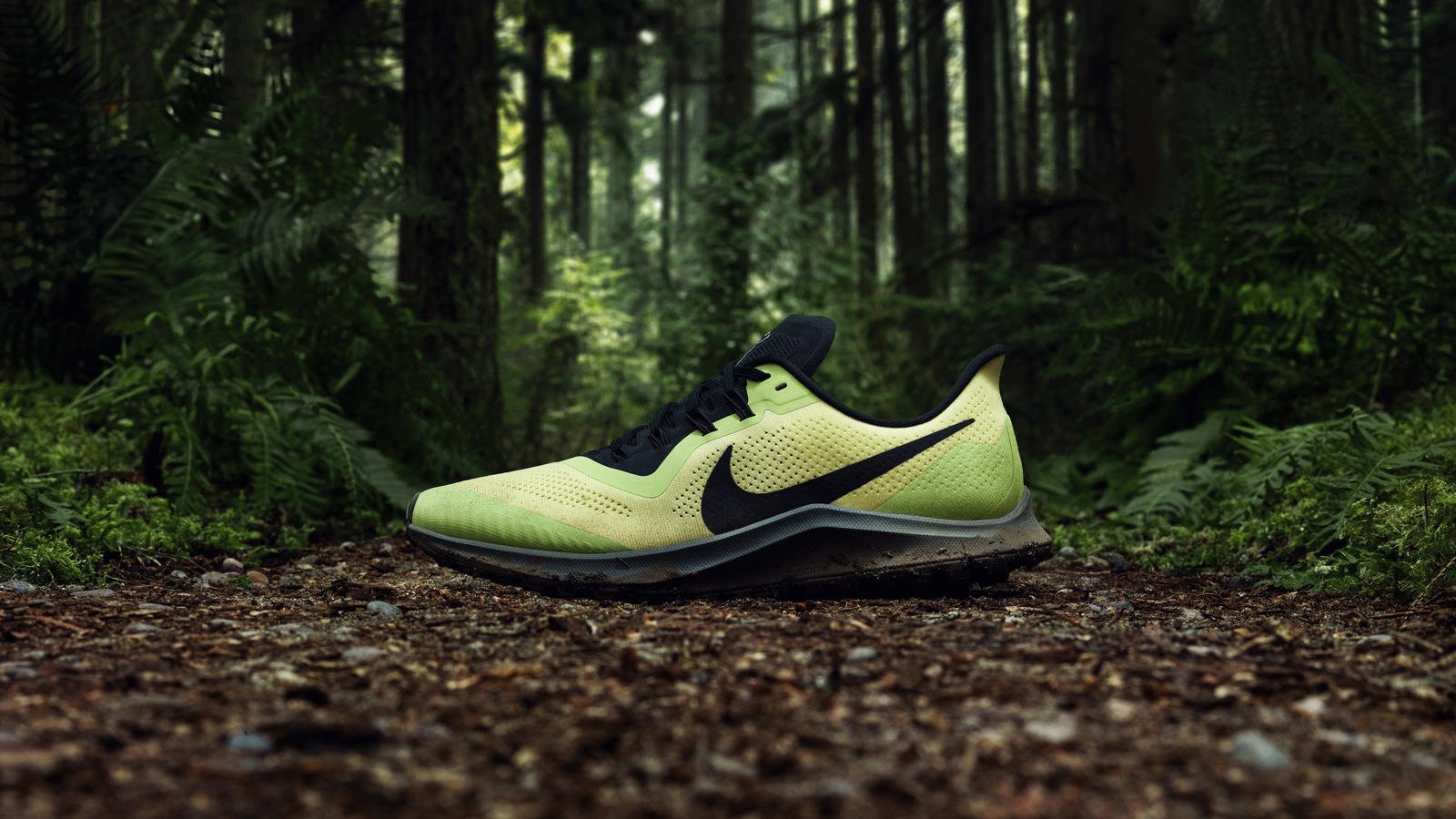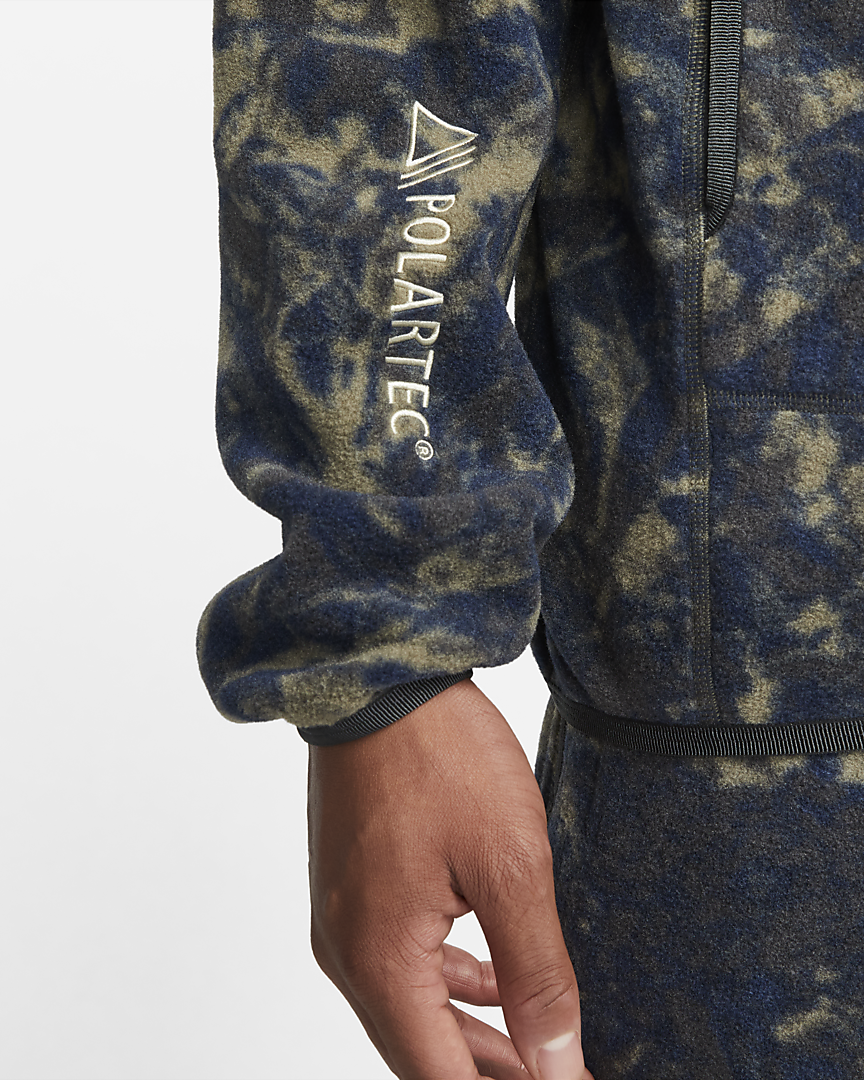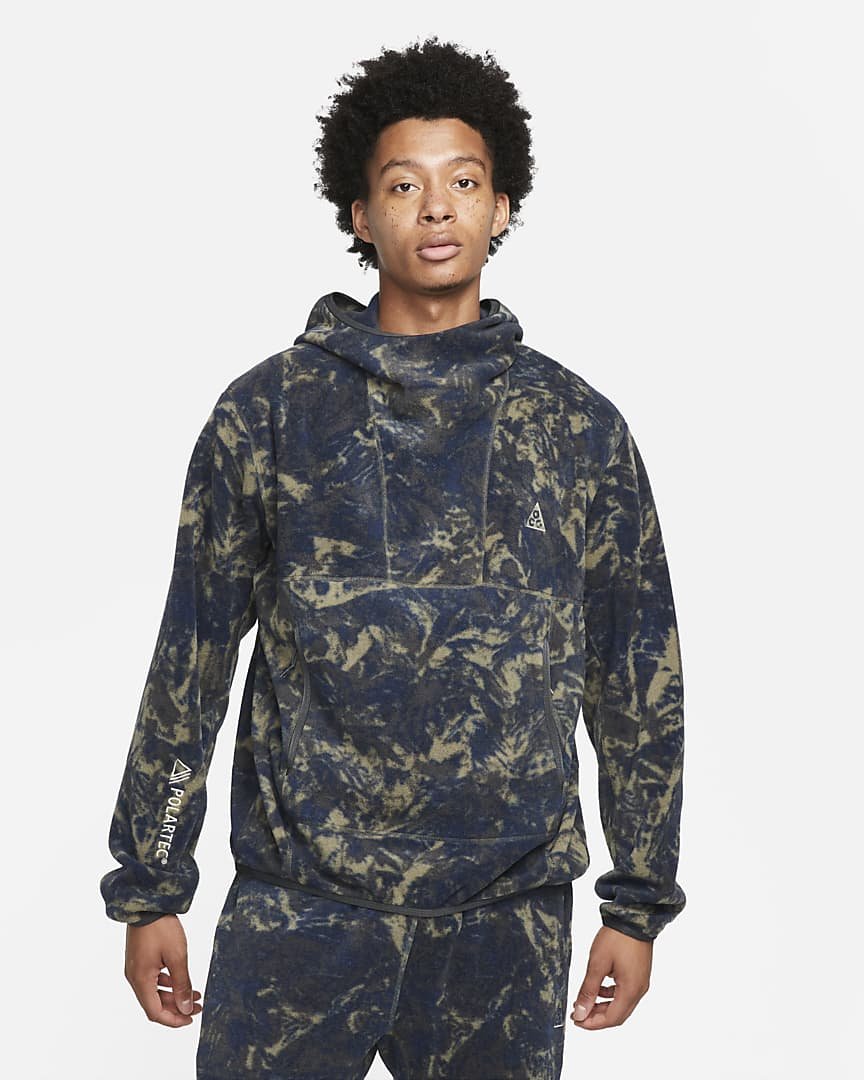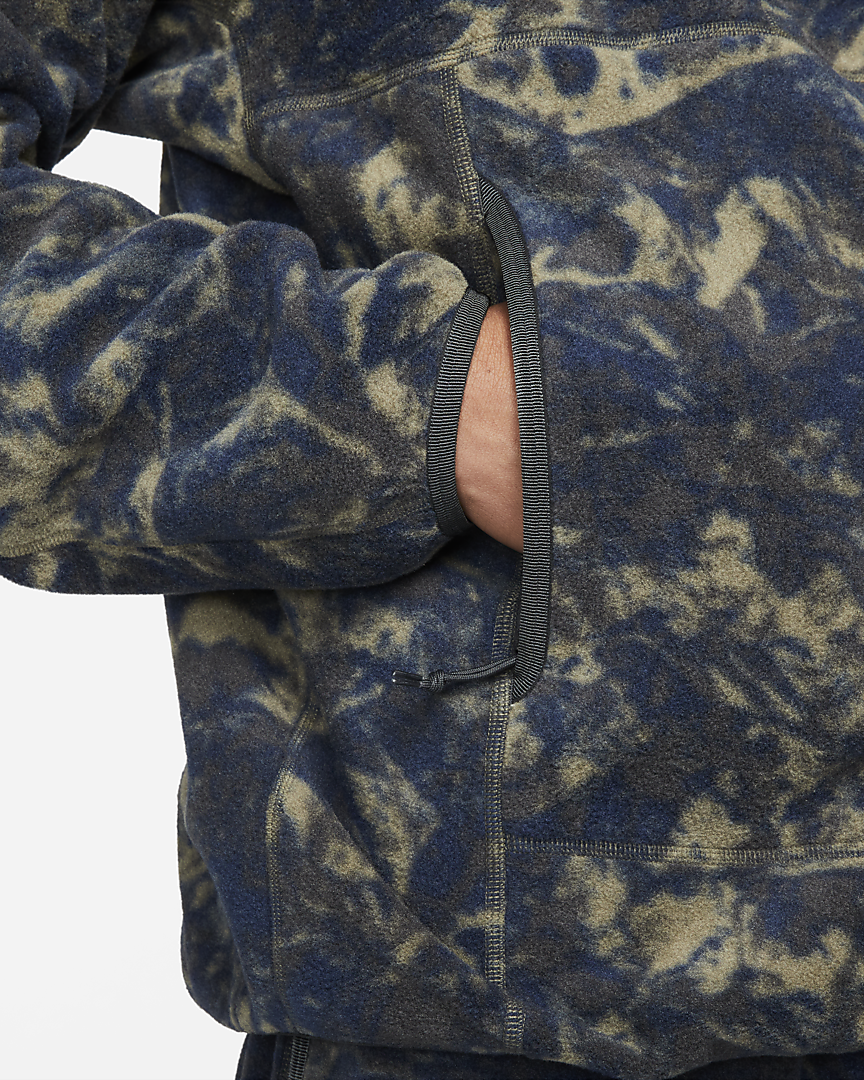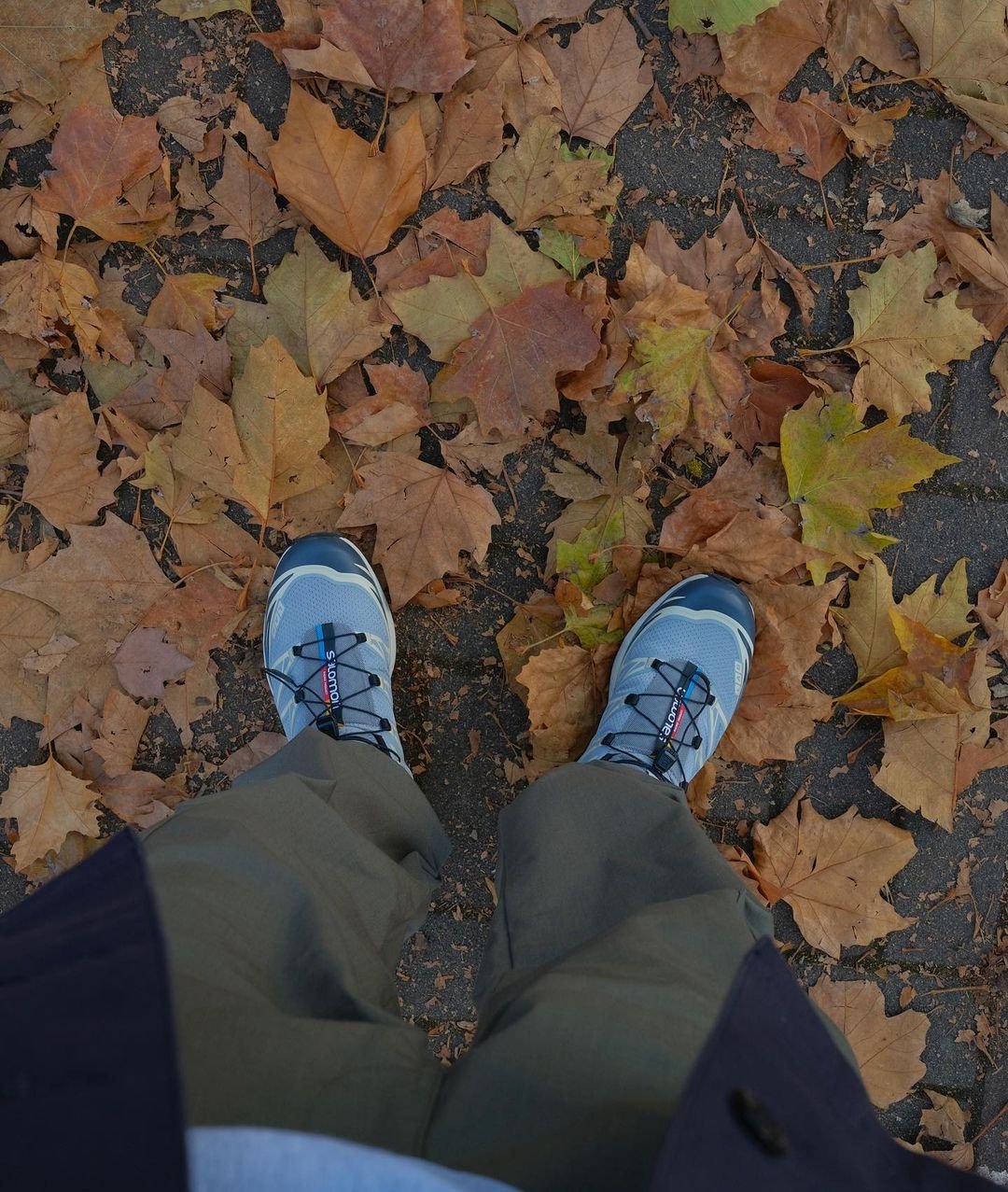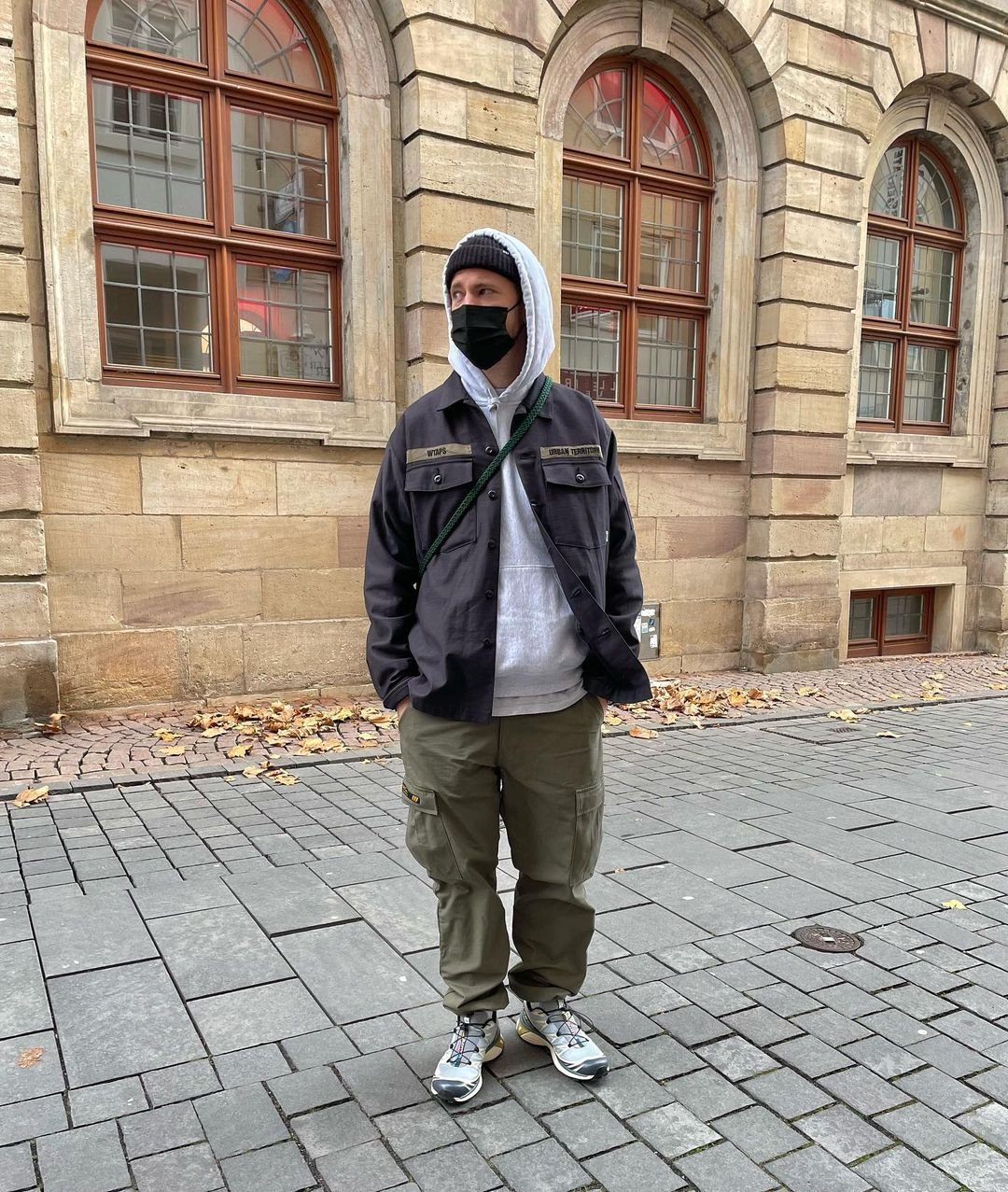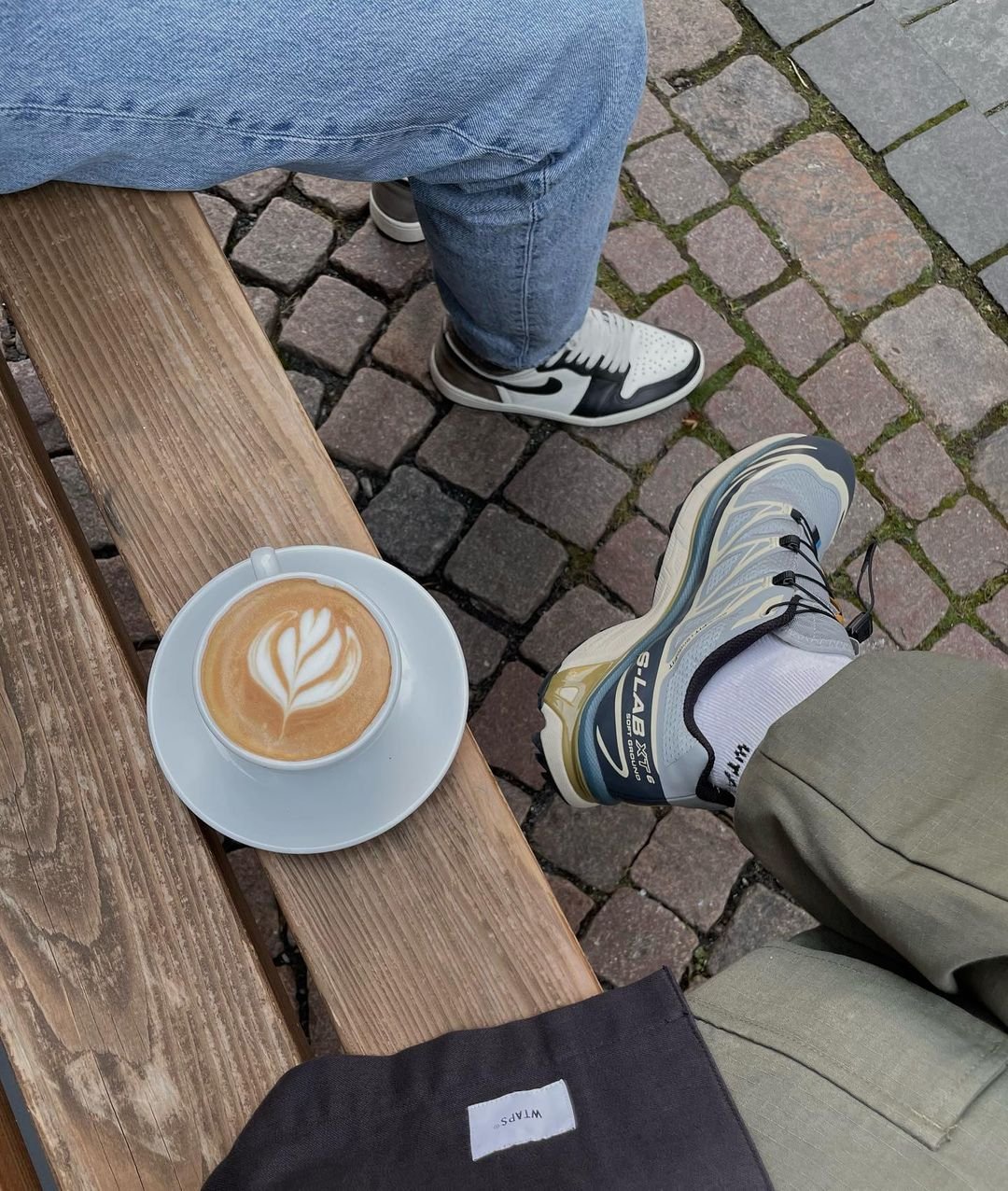The rise of outdoor culture in everyday fashion
Written for nclgallery by George Garner.
Growing up in the countryside I regularly heard members of my family saying things like ‘it doesn’t matter if it looks nice, it just needs to keep you warm and wash easily’ or ‘warmth over fashion, every time’. Even as a kid it seemed strange to me that we had to choose between clothes that made us look and feel good, and those that were well made and would protect us against the elements. Thankfully in recent years, consumer demand for fashionable yet durable apparel has meant that brands have had to go beyond the norm and design with multiple uses in mind. In this article I’ll explore some current trends that highlight this, as well as a few of my favourite examples.
Fast forward to a post-lockdown world and the willingness to be outdoors has never been more obvious. Whether it be cycling, hiking or climbing, outdoor sports have boomed in the last two years with it becoming ever clearer that these kind of activities take care of our much neglected physical and mental wellbeing. To say brands have reacted to that would be an understatement – Nike have released 3 pairs of their hugely successful Pegasus Trail GORE-TEX trainers in a little under 2 years, the third being released just last month. The Nike Pegasus Trail GORE-TEX II sold out twice as fast as the first version, and being lucky enough to get my hands on a pair, I can see why. They’re the perfect balance of lifestyle, active and durability; I wear mine at the gym, day to day, on nights out and even on dog walks. The GORE-TEX technology gives you peace of mind that they’ll stay 100% waterproof while the hardened rubber outsole features tyre-like nubs that allow you to switch between trail and road running in an instant. Remembering my family quotes at the start of this article, this is a perfect example of how a brand like Nike has innovated with material technologies to give consumers a product that ticks both the ‘durable’ and ‘lifestyle’ boxes.
This, alongside Nike’s triumphant ACG range, is a clear indicator that country-inspired attire is now a must-have in any flexible wardrobe. Shown most recently in 100% recycled Nike ACG Therma-FIT ‘Wolf Tree’ range, it’s no longer good enough for a sports brand to offer activewear that ‘just looks cool’, each must provide a layer of performance-enhancing functionality too. However, giving the user flexibility in when it can be worn is key - balancing the possibility of wearing it during a casual day trip or out on a cold trek in the woods. Taking inspiration from Icelandic nature, they’ve once again made smart, sustainable material choices, such as 100% recycled polyester fibres and Polartec® ultra warm fleece. It’s fair to say that Nike ACG has been a trailblazer when it comes to sustainable fashion and material innovation so this latest release continues to shine a light on them as a pioneer in the industry. If you’re interested in learning more about how they design with the planet in mind, check out The ABC’s of ACG Design Manifesto.
Nike ACG’s Wolf Tree range is made from 100% recycled polyester fibers and inspired by Icelandic culture and nature.
It’s key to mention, that the uptake in products originally designed for ‘outdoor active use’ is not a new thing. Land Rover launched their first model in the ’40s before seeing huge interest in the combination of power and reliability of their 4x4’s in the late ’90s from people who lived in more urban areas. It was one of the first times a premium ‘outdoors’ brand had entered the urban luxury market, and we all know the success Land Rover and Range Rover models have had in cities more recently. We see this trend across the car industry - almost every large car brand now has a luxury SUV in its fleet. BMW and Audi have long since started their ‘X’ and ‘Q’ ranges, Porsche released their first model in the Cayenne back in 2002 and have since launched the Macan. Whilst most recently luxury brands like Lamborghini and Rolls Royce have dipped their toe in the luxury SUV market with the launch of the Urus and Cullinan respectively. Lamborghini’s appearance in this market is the biggest shock of them all – that’s one that I did not see coming.
Nothing, however, epitomizes the rise in rugged vehicles entering the city like the recent prevalence of the Mercedes-Benz G-Wagon; You’d do well to walk around central London for the day and not spot at least a couple. The shift we’ve seen in the last 10-15 years has been remarkable and it’s showing no signs of slowing down. It’s no wonder that we’re seeing iconic brands like Apple - who recently filed a patent for a car design - look to move into this space sooner rather than later.
Land Rover USA’s ‘Play Harder This Winter’ campaign gave an alternate spin on the brand’s inherent outdoor values. It also featured World Champion Skier Mikaela Shiffrin and US Alpine Skier Bryce Bennett.
The possibilities opened up by more people searching for the outdoors haven’t solely been capitalised on by fashion and lifestyle brands, though. We’re seeing that more brands historically associated with hardcore outdoor sports equipment have spotted the same gap and moved to engage with a completely new audience group. The perfect example of this is the Salomon XT sneaker range. The recently launched XT-6 is the latest in a line of 3 shoe designs that the brand has used to thrust itself onto high streets and Instagram pages of bloggers across the world.
They haven’t just designed a cool-looking shoe to try and compete with the likes of Nike and Asics though, they’ve continued to stay true to their values of quality built with premium materials. The shoe features EVA cushioning which protects your foot when you’re walking over rocks or other uneven ground, as well as a construction that features a mix of resistant TPU film and mesh, ensuring the lightweight frame provides flexible strength and will last many years of use. For me, this example is the epitome of how apparel brands have had to pivot to meet the demands of an ever more educated customer base. In turn, these releases have given customers more belief that if they drop £150 on a pair of trainers, they’re getting a quality product, not one that will fall apart in 6 months. Therefore, it won’t have them wandering around Foot Locker looking for the latest hot style that will leave them initially out of pocket and eventually disappointed.
Images by Simon Zimmermann @smnstr_
Salomon has found new audiences in stockists such as END. whilst fashion bloggers such as @smnstr_ have championed new activewear styles as part of their everyday looks
In 2020 Nike took the outdoors x fashion designing even further with their Space Hippie range, using 90% recycled materials across the whole shoe, from the fly-knit yarns through to the boxes. Offering four Space Hippie silhouettes, Nike gave customers the chance to pick a fit option that suited them best; meaning that no matter what your intended use of the shoe, you could be part of the Space Hippie movement. This breaks the mold from traditional shoe design which mostly offers a single fastening option, whether that be traditional laces, lace-less slip-on, or something else entirely. What we’re seeing here is another example of how brands are putting the power of choice into the consumer’s hands – something that has not been the case for far too long.
While it’s no surprise that we see the big boys such as Nike and The North Face flex their activewear and material technology muscles, we are seeing a huge ripple effect across all clothing and footwear. In recent years we’ve seen other huge culture shifts like the ones mentioned above – Rapha has made mainstream cycling gear cool for the first time, Bogey Boys by Macklemore has opened golf up to a new generation and Peloton has taken high octane, high-quality workouts to the next level while in the comfort of your own lounge.
We’re living in an age of huge brand diversification and it’s an exciting time to be a consumer - expect to see much more of the unexpected come our way very soon.

